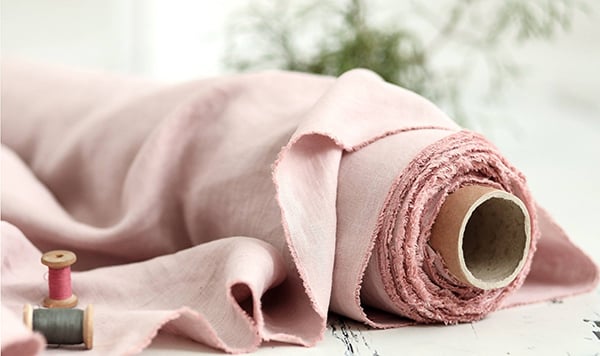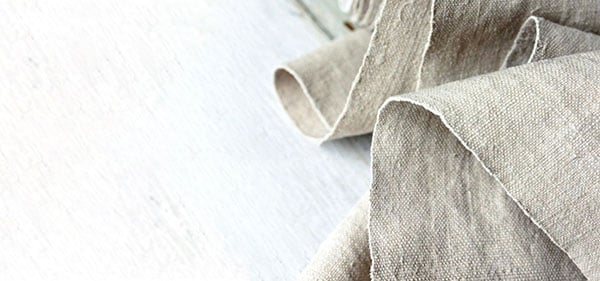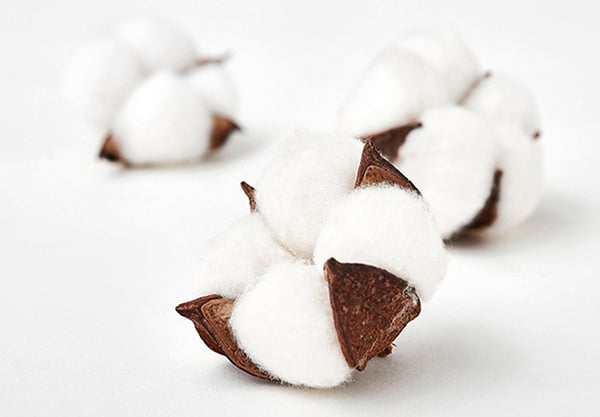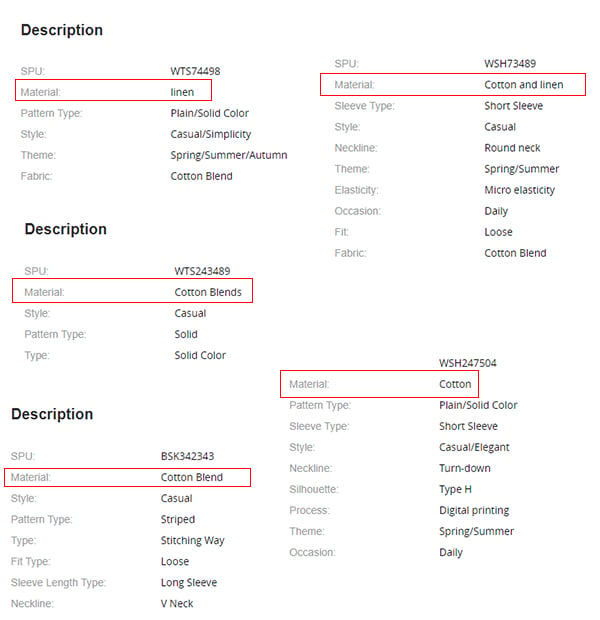About Materials
1.COTTON AND LINEN
Introduction:Cotton and linen are generally blended with 55% linen and 45% cotton or 50% linen and 50% cotton. In appearance, it not only maintains the unique rough and crisp style of linen fabrics, but also has the soft characteristics of cotton fabrics, which improves the shortcomings of linen fabrics that are not fine enough and easy to fluff. Linen-cotton blended fabrics are mostly light and thin and are very suitable for making summer clothing.

Advantages of cotton and linen: Linen and linen are natural fiber fabrics and are not irritating to human skin.Breathable and dry, it can quickly discharge moisture and won't stick to you when you sweat in summer. The color is bright, has good natural luster, and is not easy to fade or shrink. Antistatic, no pilling, no buckling, no curling.
Disadvantages of cotton and linen: Whether it is cotton fabric or linen fabric, its anti-wrinkle ability is very limited, so cotton and linen will deform and wrinkle after friction or washing. If it is too wrinkled and seriously affects the appearance, it needs to be ironed.
2.LINEN
Introduction:Linen always has a natural flavor. Unlike cotton, linen has a longer lifespan and strength, and the fabrics made from it are also more attractive.Linen is made of twisted flax threads, but the surface of linen is not as smooth as chemical fiber and cotton. It has a more vivid texture, and linen is a relatively strong fabric among fabrics and textiles. The fiber has high strength, is less likely to tear and be punctured, and is more scratch and tear resistant. If it is a dense linen fabric woven by warp and weft threads, the fabric woven in this way has relatively good coloring properties.

Advantages of linen: Linen fabric has good moisture absorption, moisture dispersion and breathability functions. Linen dyes well and is not easy to fade. It has good heat resistance and sun protection, and has fast heat conduction, coolness and stiffness, sweating and not close to the body, light texture, strong, insect-proof and mildew-proof, less static electricity, the fabric is not easy to be polluted, the color is soft and generous, rough, and suitable for human skin excretion and secretion. In addition, linen fabrics are also anti-ultraviolet, which is more conducive to promoting body surface skin metabolism and other better effects. After using linen fabrics in summer, you can avoid bacterial intrusion, and it is more natural and hygienic of cleanliness.
Disadvantages of linen: Linen fabric is relatively rigid and not very elastic. Linen fabric wrinkles easily and is not easy to recover. Its size and stability are relatively poor.
3.COTTON
Introduction:It is a textile made of cotton as a textile raw material and made of warp and weft yarns interwoven vertically and horizontally. It contains more than 95% cotton.

Advantages of cotton: It has good hygroscopicity. If the humidity of cotton cloth increases and the surrounding temperature is high, all the moisture contained in the fiber will evaporate and dissipate, keeping the fabric in a water balance state and making people feel comfortable. It has good thermal insulation properties and makes people feel warm when wearing pure cotton clothing. It has good heat resistance. When the temperature is below 110℃, it will only cause the water on the fabric to evaporate and will not damage the fiber. Therefore, pure cotton fabrics have no effect on the fabric when worn, used, washed, printed and dyed at room temperature, thus improving the quality of the fabric. Pure cotton fabrics are washable and wearable. Cotton fiber has greater resistance to alkali. When cotton fiber is in an alkali solution, the fiber will not be damaged.
Disadvantages of cotton: It wrinkles easily and is difficult to smooth out after wrinkles. It is easy to shrink, and the shrinkage rate of pure cotton clothing is 2% to 5%. Easily deformed and lack of elasticity, pure cotton clothes will be easily deformed, especially summer clothes because the fabric is relatively thin. It is easy to stick to hair and difficult to remove completely. You are particularly afraid of acid. When concentrated sulfuric acid contaminates cotton, holes will be burned into the cotton. When acid (such as vinegar) accidentally gets on your clothes, you should clean them in time to prevent acetic acid from causing fatal damage to the clothes.
4.COTTON BLEND
Introduction:Blending refers to textile products made by mixing chemical fibers with other natural fibers such as cotton, silk, linen, etc.
Common cotton blends include cotton-polyester blends (CVC fabrics) or polyester-cotton blends (TC fabrics), which make the fabric stiffer than pure cotton fabrics. The designed clothing is stiffer and more stylish than pure cotton, and is easier to wear than pure polyester. It is more comfortable and breathable, and its strength is much better than pure cotton. The shrinkage rate is also improved than pure cotton. Although the breathability is not as good as pure cotton, it combines the advantages of the two materials and overcomes the advantages of the two fabrics. shortcomings, so cotton blends are still relatively popular in the market, and the prices are relatively popular.
Tips
Please purchase according to the material you want. Materials are introduced on each product details page.

